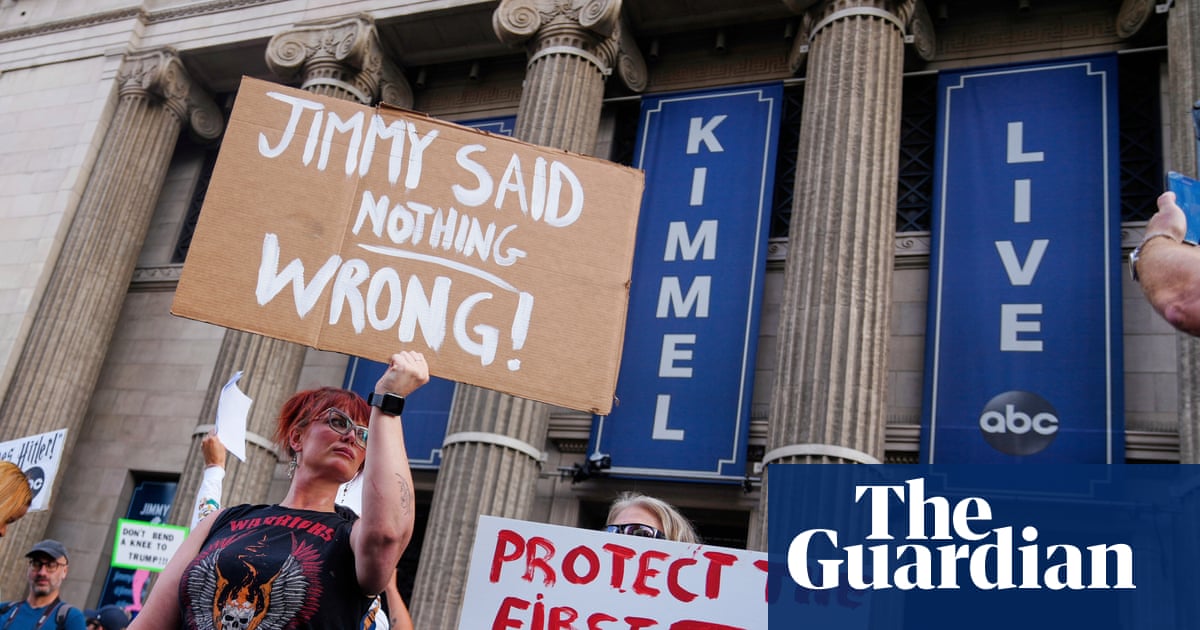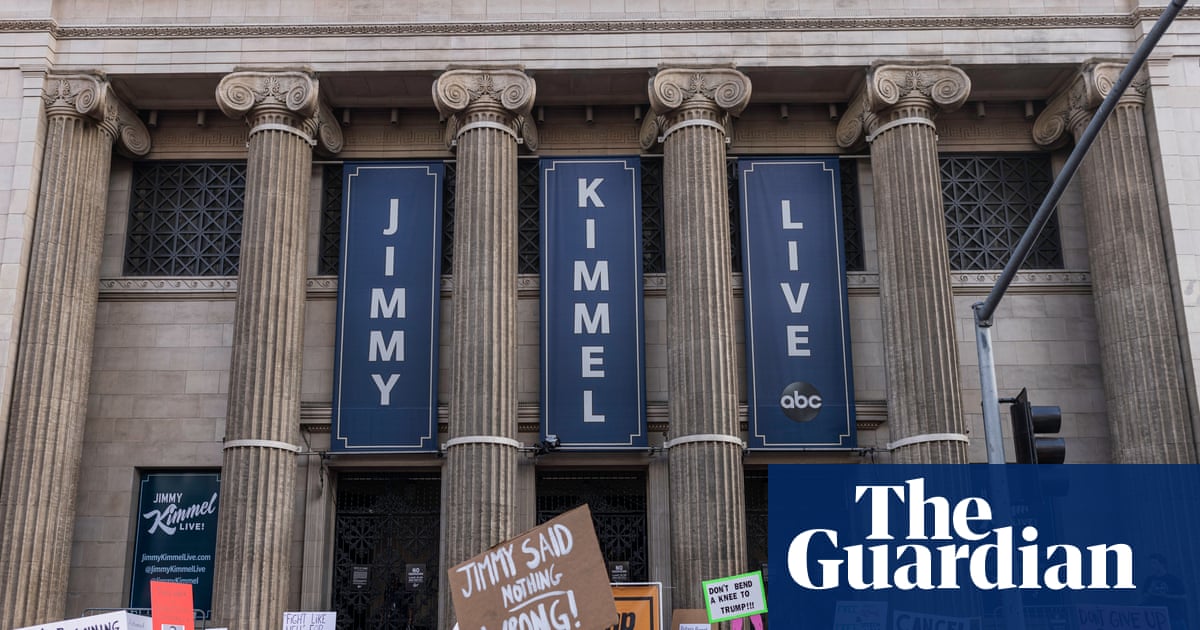The US immigration system is a scam that dehumanizes people for profit. Communities across the country have had enough.
The protests in Los Angeles have invited a long overdue conversation about the true nature of the US immigration system. While the immediate catalysts for the protests were ramped up Ice raids attempting to meet Donald Trump’s arbitrary deportation quotas, the protests spring from a deeper history.
In reality, the protests reflect decades-long frustrations with an abusive immigration system designed to dehumanize immigrants, weaken workers and keep wealth flowing upward. Ice’s recent tactics were only the last straw.
Excellent articles have shed light on why Los Angeles in particular, with generations of immigrant communities and a history of immigrant rights movements, has emerged as an epicenter of resistance. Whether immigrants themselves, or families, neighbors, coworkers, or friends of immigrants, people in these communities have long experienced the trauma of a system that renders people “illegal” just for doing basic things like getting a job. Similar statements could be made for other major sites of protest such as New Jersey, New York, Chicago, Denver and Houston.
While much of the news coverage has turned toward the US president’s mobilization of the military and what that means for his growing authoritarian tendencies, this is only half the story. To fully understand what is at stake in the protests, we can’t lose sight of the thing that drove people to protest in the first place: a violently unfair immigration system that is an affront to us all.
It is worth noting that this immigration system is not an original component of US governance. Whereas the first government under the US constitution formed in 1789, there were no federal immigration laws until the Chinese Exclusion Act of 1882, and even this law was limited in the sense that it banned a specific class of immigrants. The US did not have closed borders until the Immigration Act of 1924, which established national origins quotas across the board.
The primary justifications for these early immigration laws were xenophobia, eugenics, and overt racism. By the 1990s, however, multinational corporations understood that closed borders – especially combined with free trade agreements freeing multinational companies to shop around for “cheap” workers, while at the same time constraining the options of workers to move around and look for better jobs – were a powerful weapon in their arsenal to squeeze ever more profit out of global supply chains. While cleverly hidden behind discourses of “security” and “sovereignty,” our immigration system is actually a scam rigged to guarantee an upward flow of wealth at the cost of human rights.
The North American Free Trade Agreement (Nafta) illustrates this dynamic. Signed in 1992, Nafta created a free trade zone among Mexico, Canada and the US, specifically making it easier for goods, capital and corporations to move freely while conspicuously ignoring the movement of workers. Far from an oversight, as the scholar Bill Ong Hing has written, this was the whole point of the agreement.
While no US labor unions or other human rights representatives had a seat at the table, the US advisory committee for trade and negotiations – composed almost entirely of representatives of multinational corporations – led the negotiations, ensuring that the agreement followed corporate interests. The drafters wanted easier access to cheaper Mexican labor, but they understood that if Mexicans had the same rights as companies to cross borders in search of better opportunities, then the “invisible hand” of supply and demand might make this labor less cheap. Accordingly, immigration restrictions helped to rig the game. In line with these interests, the Clinton administration, in power when the agreement took effect in 1994, not only went along with the plan to leave immigrants out of the deal, but also doubled down on closed borders with harsh new measures to restrict immigration through the Illegal Immigration Reform and Immigrant Responsibility Act (IIRIRA) of 1996.
Ultimately, Nafta and the IIRIRA worked hand-in-hand to trap Mexican workers and give artificial negotiating advantages to multinational corporations. The mechanism made sure that Mexicans would have to either stay put on their side of the border and tolerate whatever working conditions were available, or live without legal status if they did “vote with their feet” to seek better opportunities in the US. In either case, they were far more vulnerable to exploitation. Unsurprisingly, this harmed workers all around, especially Mexicans, leading to stagnant wages, harsh working conditions, and irregular migration that forced people into an exploitative informal economy, even as productivity and corporate profits soared.
Significantly, Nafta was not an isolated case, but rather an embodiment of how the US immigration system enshrines this major power imbalance between labor and capital. In fact, the same Clinton administration and private sector advisory committee that oversaw the implementation Nafta also played a key role in creating the World Trade Organization in 1995 following similar principles. Today, multinational corporations continue to move freely around the world, while people seeking a better life continue to face restrictive borders enforced by state violence.
At the same time, we as taxpayers pay increasingly absurd sums of money for the violent border security measures that keep this system in place. The American Immigration Council has calculated that since 1994, the annual budget for the US Border Patrol has risen from $400m dollars to more than $7bn in 2024 – an increase of over 700% even when factoring in inflation. They further estimate that since the creation of the Department of Homeland Security in 2003, the federal government has spent more than $400bn dollars on the various agencies that carry out immigration enforcement.
Under the current Trump administration, these numbers are set to soar even further. In the same “big, beautiful” spending bill that is already facing backlash for slashing public programs while offering enormous tax cuts to the wealthiest Americans, a massive increase in spending for Trump’s signature deportation plan is included. The Congressional Budget Office (CBO) estimates that this will add $168bn to the deficit over the next five years – already an extreme amount – though the Cato Institute has noted that the CBO calculation left out key variables. In fact, Cato finds that the number could actually be closer to $1tn.
In short, our immigration system is a massive grift. It divides communities, separates families, hurts workers, and subjects people to state violence for doing normal things like working at an Italian restaurant or going to church on Mother’s Day. And we as taxpayers subsidize the companies profiting on this abusive system.
As I have previously written, the Trump administration has distinguished itself from previous governments by intentionally targeting legal immigrants. However, as protesters flood the streets with signs saying “No One is Illegal,” the deeper significance of this protest movement becomes clear. The message is that someone’s right to life, liberty, and the pursuit of happiness shouldn’t depend on their immigration status. And it certainly shouldn’t depend on the whims of multinational corporations who have essentially coopted violent border enforcement for their own profits.
As a final thought, I think people are also tired of all the gaslighting. Despite the barrage of official rhetoric claiming that tough immigration measures are for our own good – that they make our communities safer, that they protect jobs, that we shouldn’t feel bad because immigrants don’t deserve to be treated as we would want to be treated ourselves – we know from both academic analysis and our lived experiences that these are all vicious lies, and the policies that spring from these lies have deadly consequences for real human beings. For me, the recent protests demonstrate that communities across the country are standing up to reject these lies.
As I think about the significance of this movement, I am reminded of a passage from Karla Cornejo Villavicencio’s 2020 book The Undocumented Americans. Reflecting on the power of storytelling as a counterweight to the deluge of dehumanizing assaults immigrants face on a daily basis, she concludes: “What if this is how, in the face of so much sacrilege and slander, we reclaim our dead?”
People are protesting because they are fed up. And they are right to be.
-
Daniel Mendiola is a professor of Latin American history and migration studies at Vassar College

 3 months ago
68
3 months ago
68

















































